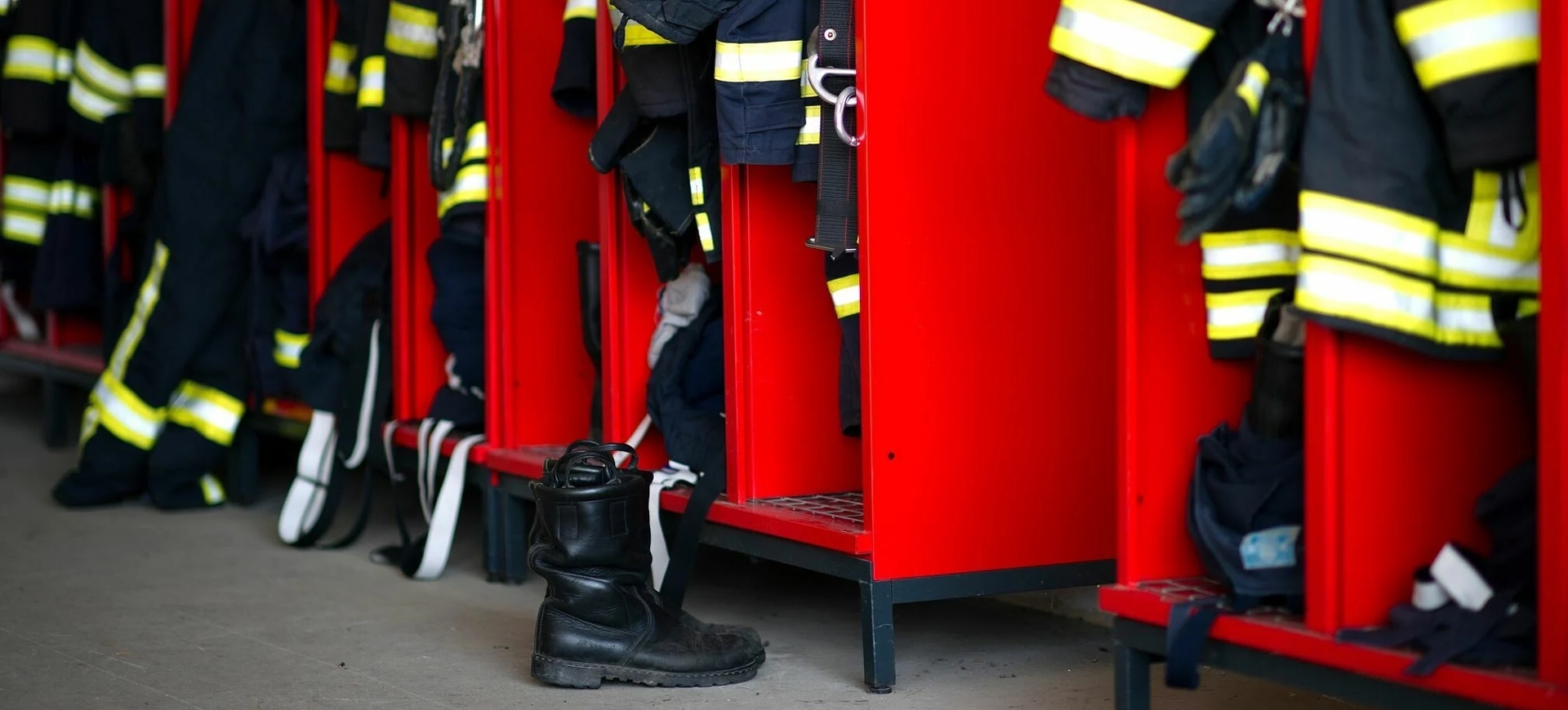Exploring the Benefits of Sports and Leisure Activities
Sports and leisure activities offer numerous advantages that go beyond just physical fitness. Engaging in these activities not only keeps us active but also contributes to our mental and social well-being. In this article, we will delve into the various benefits of participating in sports and leisure, highlighting their impact on our overall health and lifestyle.
Understanding the Importance of Sports and Leisure Activities
Before we dive into the specific benefits, it’s essential to establish a clear understanding of sports and leisure activities. Sports refer to physical activities that involve structured competition, such as basketball, soccer, or tennis. On the other hand, leisure activities encompass recreational pursuits that provide relaxation and enjoyment, such as hiking, gardening, or painting. Both forms of activities contribute significantly to our overall well-being.
Defining Sports and Leisure Activities
Sports activities involve physical exertion and competition, which require skill, strength, and endurance. These activities can take various forms, from individual sports like running or swimming to team sports like soccer or volleyball. Regardless of the specific sport, the common thread is that they all provide opportunities for exercise, skill development, and a sense of purpose.
For example, in basketball, players must not only possess the ability to dribble, shoot, and pass effectively but also understand the importance of teamwork and communication. The sport demands physical agility, mental focus, and strategic thinking. Through regular practice and participation in games, individuals can improve their athletic abilities, enhance their coordination, and develop valuable life skills such as discipline and perseverance.

Similarly, leisure activities, on the other hand, are more personal and diverse. They encompass hobbies, recreational pursuits, and creative outlets that bring joy and relaxation. Engaging in leisure activities can range from reading a book or playing a musical instrument to practicing yoga or going for a peaceful walk in nature. These activities have the power to recharge our minds and rejuvenate our spirits.
For instance, gardening can be a therapeutic leisure activity that allows individuals to connect with nature, nurture plants, and create beautiful outdoor spaces. It provides an opportunity to unwind from daily stressors, engage in a mindful practice, and develop a sense of accomplishment as plants grow and flourish under one’s care. Similarly, painting as a leisure activity allows individuals to express their creativity, explore their emotions, and find solace in the artistic process.
The Role of Sports and Leisure in Society
Beyond their individual benefits, sports and leisure activities play a vital role in society as a whole. They unite communities, foster social connections, and promote inclusivity. The shared passion and camaraderie that sports and leisure activities inspire can break down barriers and bring people from all walks of life together.
For example, sports events like the Olympics or the World Cup not only showcase athletic excellence but also serve as platforms for cultural exchange and global unity. They create a sense of national pride and solidarity as individuals come together to support their teams and celebrate the achievements of athletes from different backgrounds and nations.
Leisure activities also contribute to the social fabric of society. Community centers, parks, and recreational facilities provide spaces for people to engage in various leisure activities, fostering a sense of belonging and connection. These spaces become meeting points for individuals with shared interests, allowing them to form friendships, exchange ideas, and support one another.
Moreover, sports and leisure activities can have a positive impact on mental health and well-being. Engaging in physical exercise releases endorphins, which are known as “feel-good” hormones that boost mood and reduce stress. Participating in leisure activities that bring joy and relaxation can also help individuals manage anxiety, improve their overall mental well-being, and enhance their quality of life.
Physical Health Benefits of Sports and Leisure Activities
One of the most obvious advantages of engaging in sports and leisure activities lies in their positive impact on our physical health. Let’s explore a couple of key areas where these activities can make a significant difference.
Boosting Cardiovascular Health
Sports activities that get our hearts pumping and blood flowing help strengthen our cardiovascular system. Regular participation in aerobic exercises like running, cycling, or swimming improves heart and lung function, lowering the risk of heart disease, stroke, and other cardiovascular issues. Not only does your heart benefit from such activities, but your overall stamina and endurance also improve.
When you engage in cardiovascular exercises, your heart rate increases, causing your blood vessels to dilate and deliver more oxygen and nutrients to your muscles. This increased blood flow not only improves your cardiovascular health but also enhances your body’s ability to remove waste products, such as carbon dioxide and lactic acid, more efficiently.
Furthermore, engaging in sports and leisure activities that involve continuous movement helps to lower blood pressure and cholesterol levels. Regular exercise helps to reduce the levels of LDL (bad) cholesterol in your blood and increase the levels of HDL (good) cholesterol, which helps to protect against heart disease.
Enhancing Muscular Strength and Endurance
Engaging in sports activities that require physical strength and endurance, such as weightlifting, basketball, or martial arts, helps develop and tone muscles. Regular exercise strengthens the musculoskeletal system, enhances flexibility, and promotes better posture. Additionally, it helps prevent age-related muscle loss and reduces the risk of osteoporosis, promoting overall bone density and strength.
When you participate in activities that involve resistance training, such as weightlifting or bodyweight exercises, your muscles are subjected to stress. This stress causes microscopic damage to the muscle fibers, which then repair and grow stronger during the recovery process. Over time, this leads to increased muscle mass, improved muscular strength, and enhanced endurance.
Moreover, engaging in sports and leisure activities that involve repetitive movements and coordination, such as tennis or dancing, helps to improve your motor skills and hand-eye coordination. These activities require precise movements and quick reflexes, which can help to enhance your overall physical coordination and agility.
Mental Health Advantages of Engaging in Sports and Leisure
While physical health benefits are crucial, sports and leisure activities also have a profound impact on our mental well-being. These activities offer a range of advantages that contribute to better mental health and emotional balance.
Stress Reduction and Mood Enhancement
Participating in sports and leisure activities provides an outlet for releasing stress and tension. Physical exertion triggers the release of endorphins, also known as “feel-good” hormones, which boost mood and alleviate anxiety and depression. Engaging in leisure activities, such as painting or gardening, taps into our creative side, promoting relaxation and a sense of achievement.
Improving Concentration and Cognitive Function
Mental activities that involve strategy and focus, such as chess, puzzles, or even playing a musical instrument, improve cognitive function and enhance concentration. Sports activities that require quick decision-making and coordination, like basketball or tennis, also contribute to improved mental alertness and reflexes. These activities stimulate the brain and promote mental agility.
Social Benefits of Participating in Sports and Leisure Activities
Sports and leisure activities not only nurture our physical and mental well-being but also offer a platform for social connections and personal growth.
Building Social Connections and Teamwork
Participating in team sports fosters a sense of belonging and promotes social integration. The camaraderie and shared goals developed through sports activities help build valuable relationships and lifelong friendships. Collaborating with teammates teaches us the value of teamwork, cooperation, and effective communication, essential skills that extend beyond the playing field.
Developing Communication and Leadership Skills
In addition to teamwork, sports activities also offer opportunities to develop communication and leadership skills. Whether it’s captaining a team, organizing events, or motivating others, these activities enhance our ability to articulate ideas, inspire others, and handle challenging situations. The leadership skills honed through sports often translate into other areas of life, such as the workplace or personal relationships.
The Long-Term Impact of Regular Sports and Leisure Activities
Engaging in sports and leisure activities not only benefits us in the present but also has a lasting impact on our future.
Lifelong Fitness and Health
Embedding sports and leisure activities into our lifestyle sets the foundation for lifelong fitness and health. By making these activities a regular part of our routine, we increase our chances of maintaining an active and healthy lifestyle well into our later years. The habits formed through consistent participation in sports and leisure activities significantly reduce the risk of chronic diseases and ensure greater overall well-being.
The Influence on Lifestyle and Habits
Participating in sports and leisure activities cultivates a sense of discipline and commitment. These activities teach us important life lessons such as goal setting, time management, and perseverance. The positive habits developed through sports and leisure extend beyond the activity itself, shaping our overall approach to life and fostering personal growth.
Conclusion
Exploring the benefits of sports and leisure activities reveals their multifaceted impact on our physical, mental, and social well-being. Engaging in these activities not only keeps us fit but also enhances our overall quality of life. Whether through cardiovascular health, stress reduction, or social connections, sports and leisure activities have the power to transform us into healthier, happier individuals.








